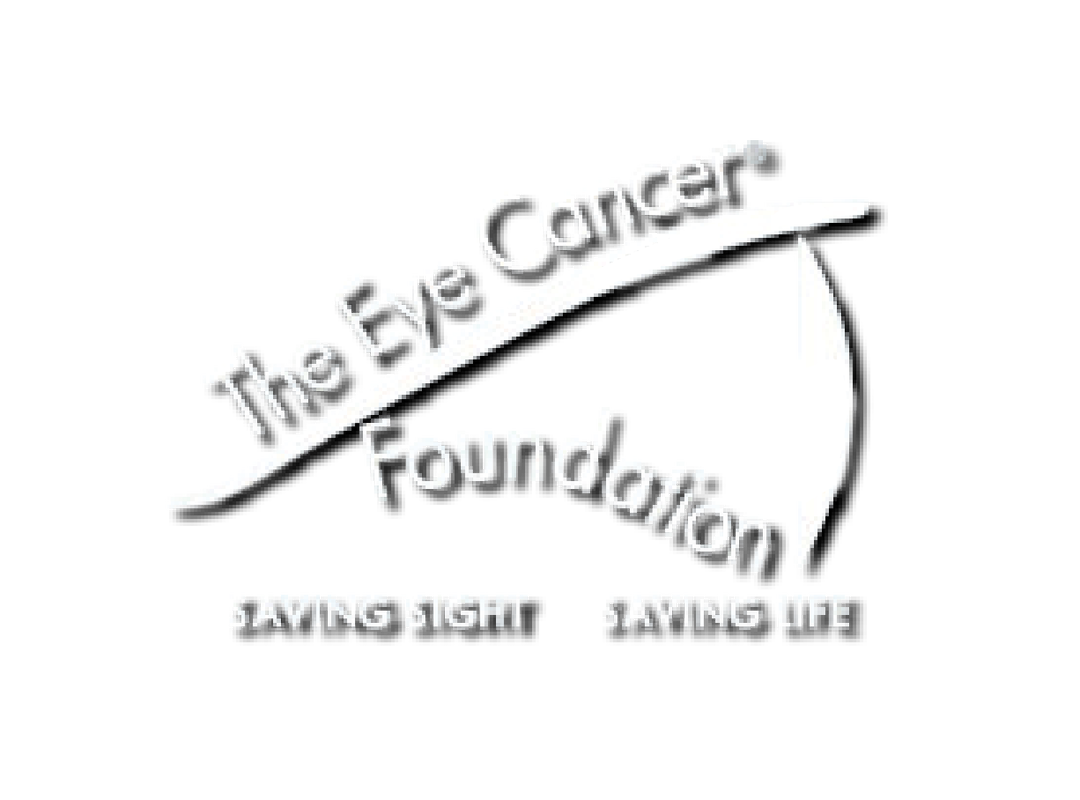All India Ophthalmological Meeting
In 2003, I was selected to chair the 7th edition American Joint Committee on Cancer's -AJCC effort for ophthalmic oncology.I knew that the 6th edition was not being used, so I created the AJCC-UICC Ophthalmic Oncology Task Force based on the principle, “what is made by the community will be used by the community.” Therefore, I assembled a community of experts from medical oncology, pediatric oncology oculoplastic surgery, radiation oncology including members of the International Union for Cancer Care (UICC). Carefully organized into tumor-specific task groups, each eye cancer’s staging system was created by eye cancer specialists published in and thus known for that specific tumor-type.
In 2009, 7th edition AJCC criteria became the first internationally accepted consensus guidelines for staging eye cancers. This process was repeated for the 8th AJCC edition (2012-2016) such that 58 specialists from 13 countries participated in critical, evidence-based updates. One can see today that the AJCC has been accepted by the UICC and physicians, researchers, pathologists, and patients around the world. It has been integrated into the “instructions for authors” of the most prestigious ophthalmological journals. Searching PubMed for the words AJCC and Eye, one sees an exponential rise in AJCC-UICC acceptance for research and publication. First for the 7th and then again after publication of the 8th edition. The College of American Pathologists (CAP) has incorporated AJCC pTNM staging into their reporting forms. These CAP consensus-based pathology data-fields serve as foundation elements allowing extensive, uniform and interoperable data tobe obtained from each CAP-center-reported enucleated uveal melanomas and retinoblastomas. Their open-access downloadable forms can be found online. I suggest you ask your ophthalmic pathologists to adopt these forms. Adoption of a common ophthalmic oncology language has allowed additive analysis and comparison of large numbers of rare eye cancers.
Since 2008, several multicenter, international ophthalmic oncology tumor-registries have been created. The 3 most prominent have been the AJCC-OOTF, headed by Dr. Finger and Dr. Gallie [centered at Princess Margaret Comprehensive Cancer Center in Canada]. Also, it is headed by Dr. Steffen Heegaard on Ocular Adnexal Lymphoma Registry [centered in Denmark], and that headed by Dr. Bita Esmaeli [centered at MD Anderson Cancer Center in the USA]. Each of these multi-center, international efforts were used to test the predictive value of the AJCC-UICC staging systems and found able to provide evidence-based answers to important clinical questions based on large numbers of patients and world-sourced data.
Now, what about Retinoblastoma? As Fairooz has shown us, ABCD may be easier, but it does not provide the depth of information needed to differentiate retinoblastoma, nor extra ocular disease, nor staging of systemic disease. The AJCC-OOTF retinoblastoma-registry collected 2190 patients from 18 eye cancer centers on 6 continents. Thus far, AJCC-OOTF pooled data analyzed to reveal that the 8th edition AJCC TNMH-based staging was first to include “H” for heritable trait and the only used to predict metastasis-associated mortality, treatment success and globe salvage. Most recently this data revealed worse outcomes for patients in lower income groups and those eyes with diffuse retinoblastoma seeds.
Please watch this short video about the AJCC-OOTF Retinoblastoma Registrypubications of my recently graduated fellow, Dr. Ankit Tomar!
In 2009, 7th edition AJCC criteria became the first internationally accepted consensus guidelines for staging eye cancers. This process was repeated for the 8th AJCC edition (2012-2016) such that 58 specialists from 13 countries participated in critical, evidence-based updates. One can see today that the AJCC has been accepted by the UICC and physicians, researchers, pathologists, and patients around the world. It has been integrated into the “instructions for authors” of the most prestigious ophthalmological journals. Searching PubMed for the words AJCC and Eye, one sees an exponential rise in AJCC-UICC acceptance for research and publication. First for the 7th and then again after publication of the 8th edition. The College of American Pathologists (CAP) has incorporated AJCC pTNM staging into their reporting forms. These CAP consensus-based pathology data-fields serve as foundation elements allowing extensive, uniform and interoperable data tobe obtained from each CAP-center-reported enucleated uveal melanomas and retinoblastomas. Their open-access downloadable forms can be found online. I suggest you ask your ophthalmic pathologists to adopt these forms. Adoption of a common ophthalmic oncology language has allowed additive analysis and comparison of large numbers of rare eye cancers.
Since 2008, several multicenter, international ophthalmic oncology tumor-registries have been created. The 3 most prominent have been the AJCC-OOTF, headed by Dr. Finger and Dr. Gallie [centered at Princess Margaret Comprehensive Cancer Center in Canada]. Also, it is headed by Dr. Steffen Heegaard on Ocular Adnexal Lymphoma Registry [centered in Denmark], and that headed by Dr. Bita Esmaeli [centered at MD Anderson Cancer Center in the USA]. Each of these multi-center, international efforts were used to test the predictive value of the AJCC-UICC staging systems and found able to provide evidence-based answers to important clinical questions based on large numbers of patients and world-sourced data.
Now, what about Retinoblastoma? As Fairooz has shown us, ABCD may be easier, but it does not provide the depth of information needed to differentiate retinoblastoma, nor extra ocular disease, nor staging of systemic disease. The AJCC-OOTF retinoblastoma-registry collected 2190 patients from 18 eye cancer centers on 6 continents. Thus far, AJCC-OOTF pooled data analyzed to reveal that the 8th edition AJCC TNMH-based staging was first to include “H” for heritable trait and the only used to predict metastasis-associated mortality, treatment success and globe salvage. Most recently this data revealed worse outcomes for patients in lower income groups and those eyes with diffuse retinoblastoma seeds.
Please watch this short video about the AJCC-OOTF Retinoblastoma Registrypubications of my recently graduated fellow, Dr. Ankit Tomar!


